R&R Sourced
Birthstone Ringlet
Birthstone Ringlet
Couldn't load pickup availability
The tiniest little ring, specially shaped to function as a charm bead.
The little donut is weighted at the bottom and oval shaped, so the stone always faces forward. We find that its shape is well-suited to function as a spacer bead between other charms. Looks great on its own, or collected over the years to commemorate milestones.
This pendant can be set with many gemstones to suit your taste or the birthstone of someone you love. If you don't see the one you're looking for, please reach out. All our gemstones are responsibly sourced and natural, never imitation.
Pictured are ringlets with diamond, peridot, and citrine. The ringlet does not come with a chain, but these photos show a staff favorite: the Rolo Chain. We encourage you to explore our available chains here.
Materials
Materials
Available in 14k Yellow Gold and 14k White Gold. 3 mm SI1 G-H Natural Diamond.
The metals we use are recycled.
Measurements
Measurements
Availability
Availability
Size Guide
Size Guide
Sourcing
Sourcing
About
About

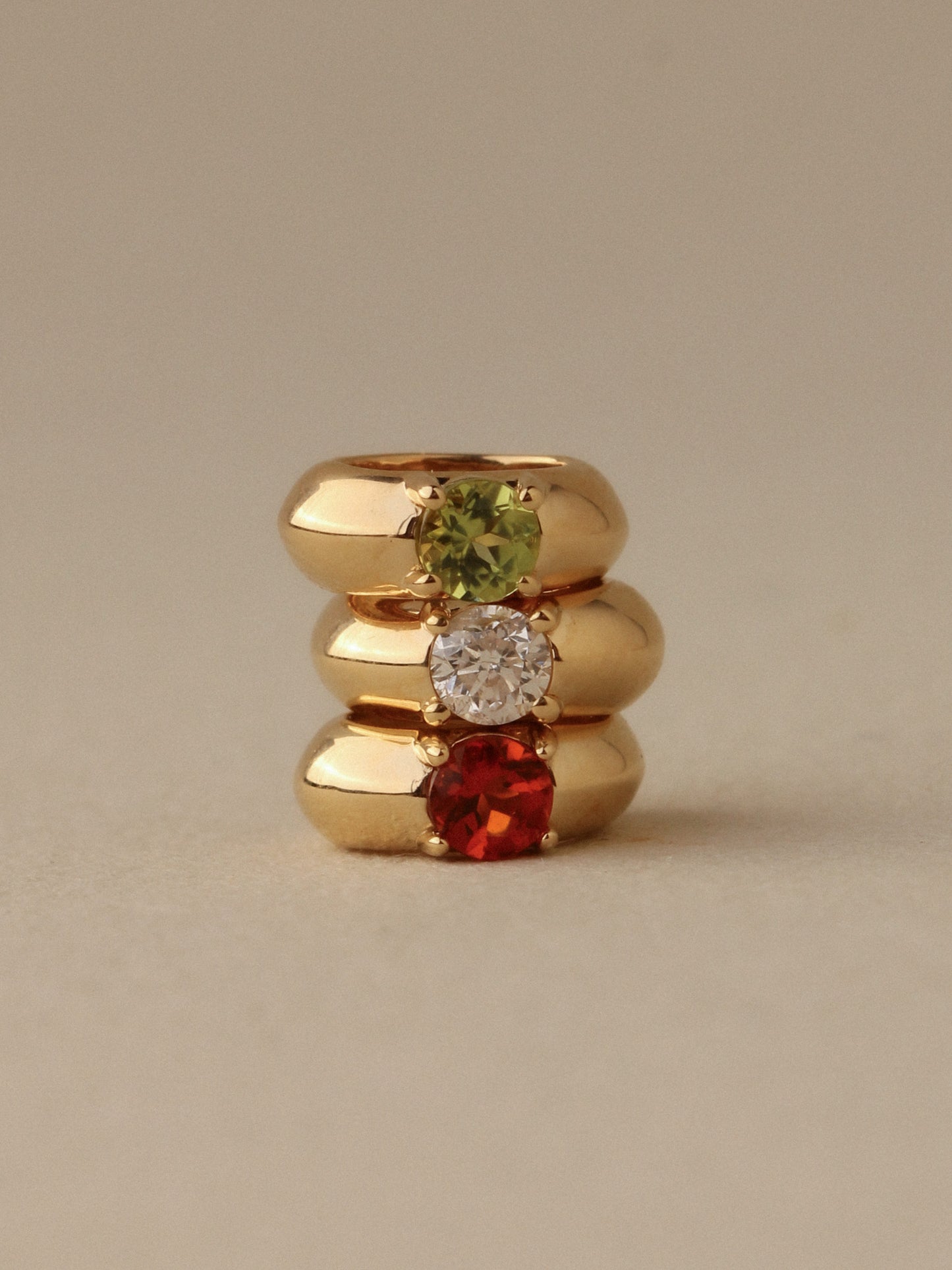
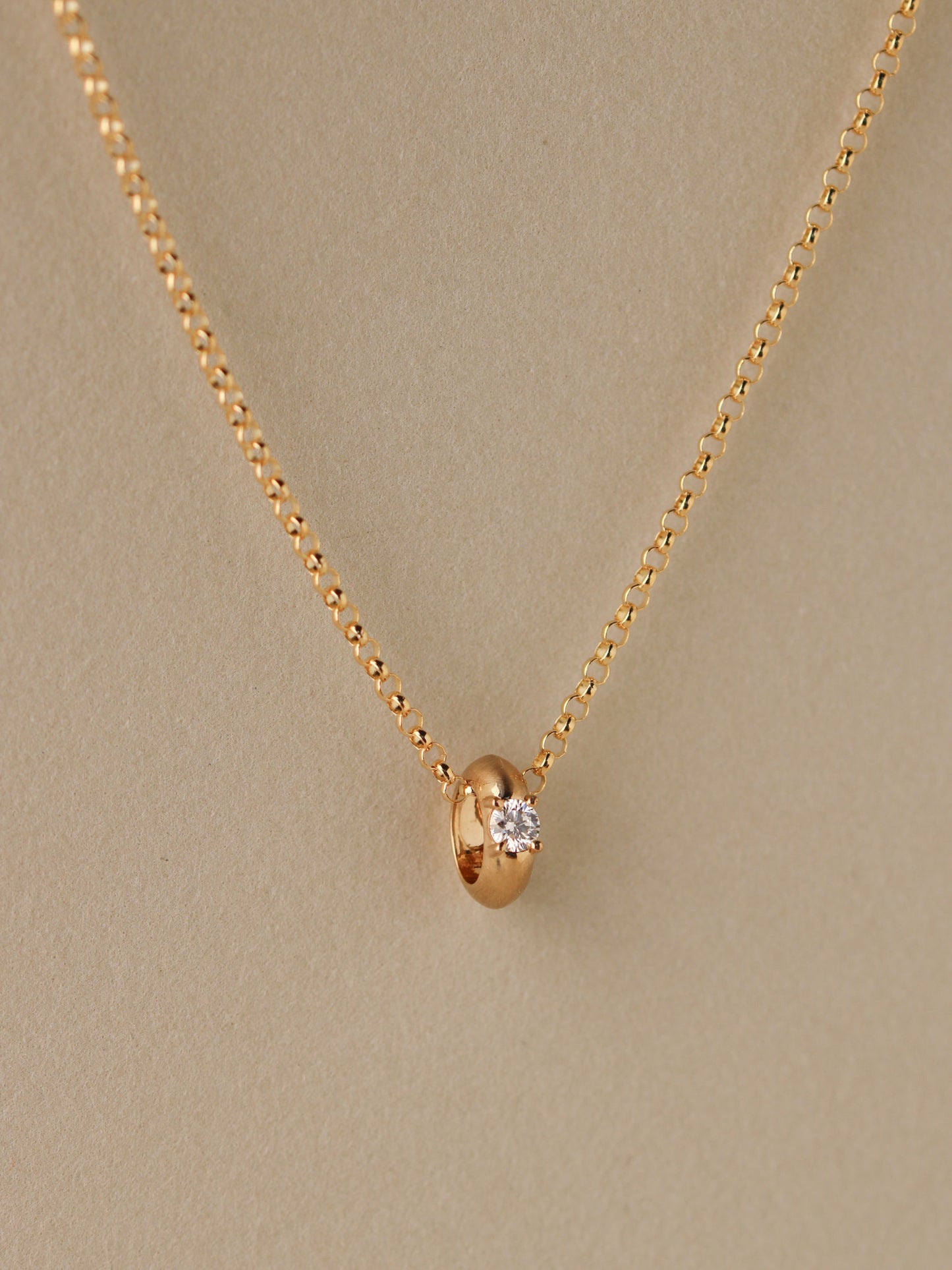
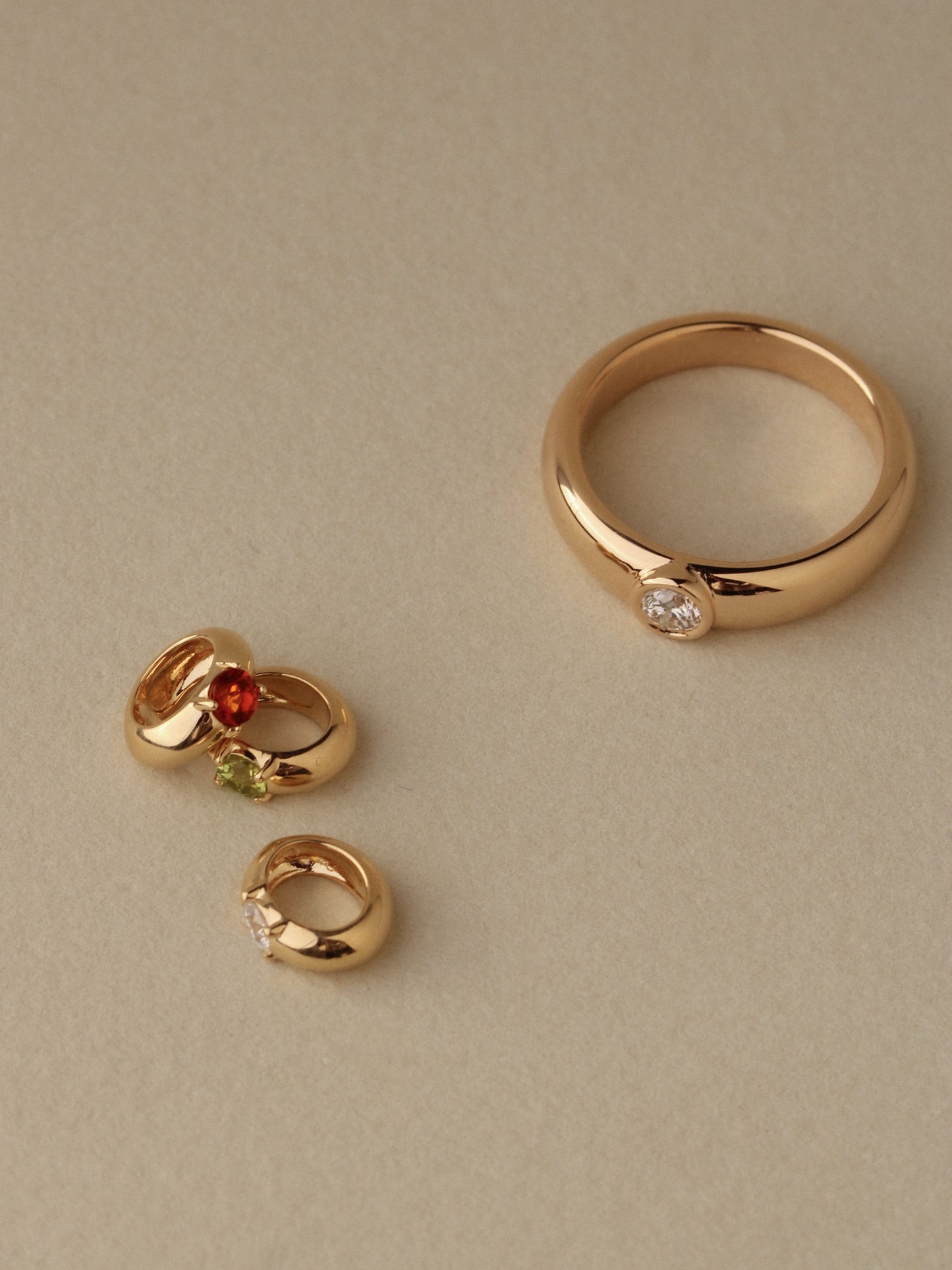
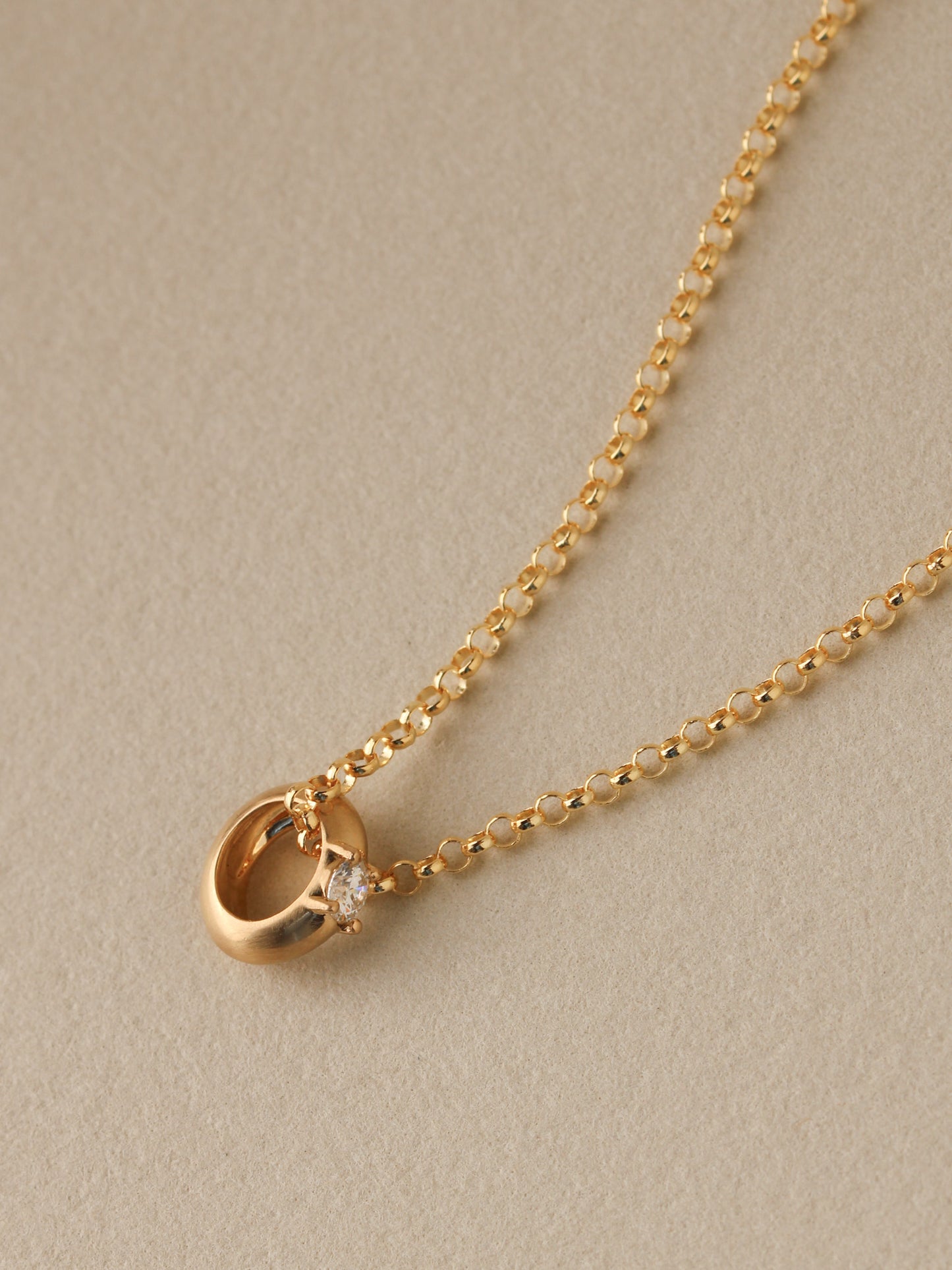
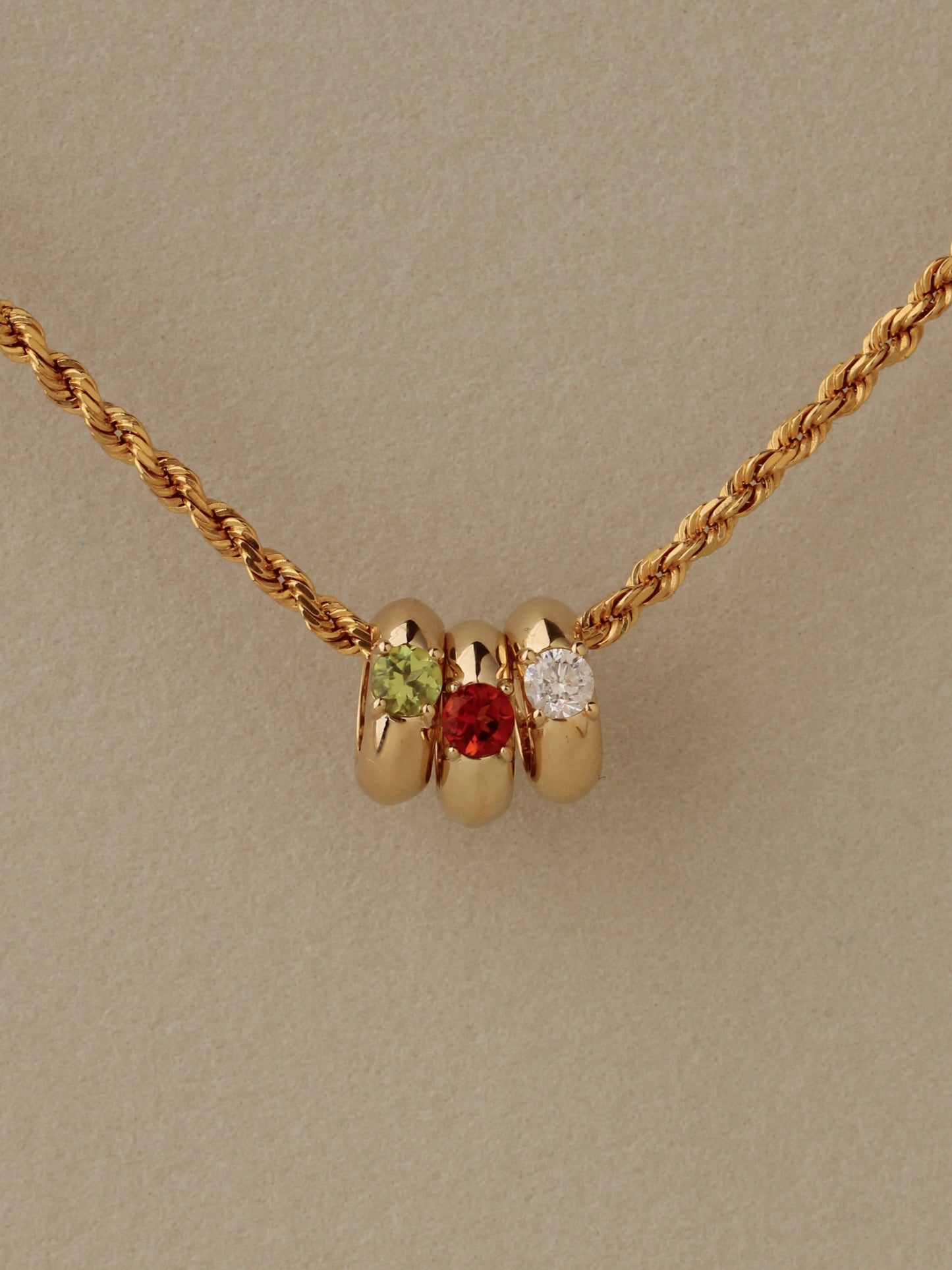
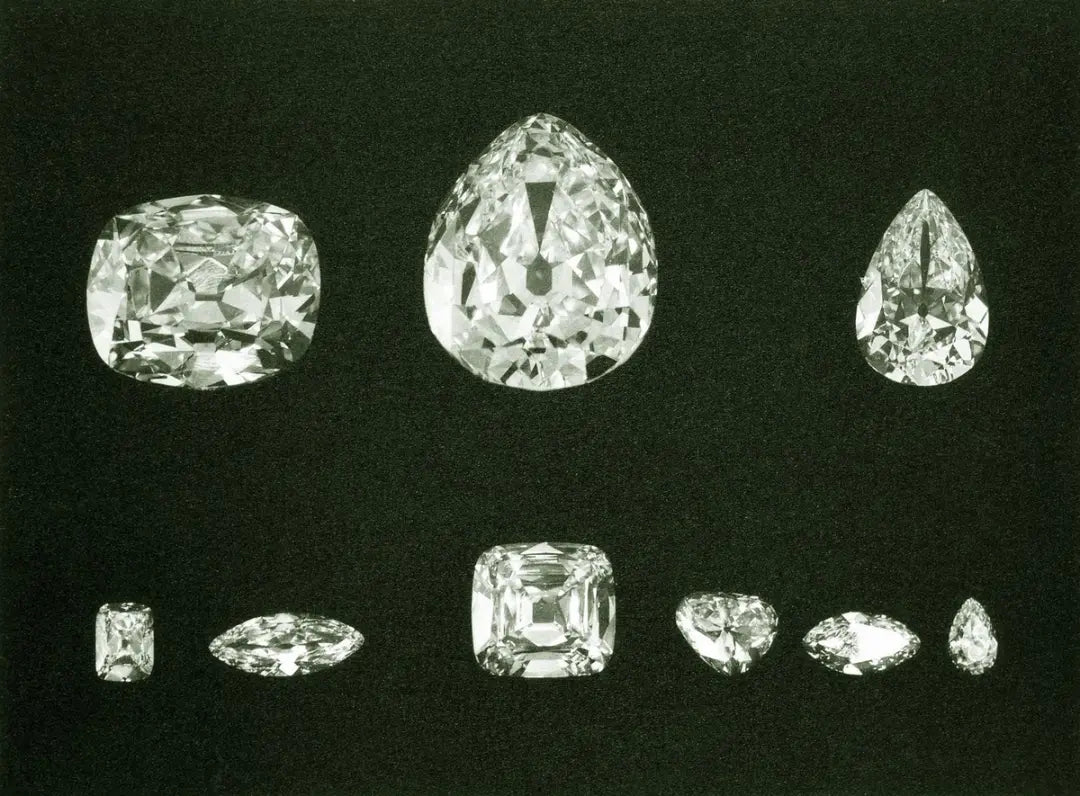
ἀδάμας・April
Diamond
Diamonds are celebrated for their unmatched strength and brilliant refractive qualities. They bestow their extraordinary resilience and power on their wearer, and epitomize the pursuit of perfection.
Hardness of 10 on the Mohs scale, and a good toughness.
The 9 large diamonds cleaved from the Cullinan Diamond. Royal Collection Trust.
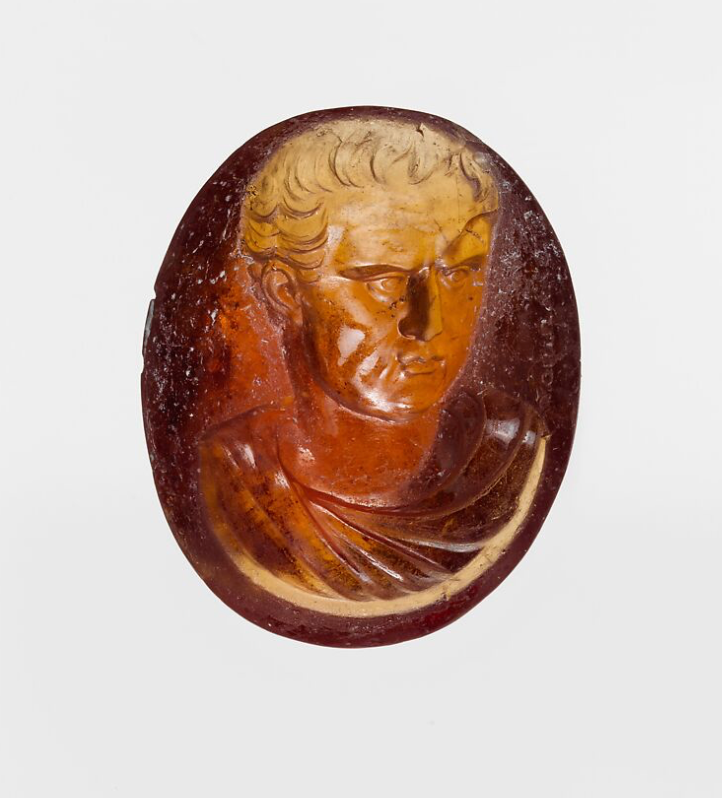
January
Garnet
Garnet refers to a group of gemstones treasured in jewelry since the Bronze Age. Their name derives from the Latin granatus, inspired by their resemblance to pomegranate seeds in both shape and color. With multiple species and varieties, garnets are found in a stunning array of colors.
Garnets have a hardness of 6.5 to 7.5 on the Mohs scale, making them relatively hard and suitable for use in jewelry.
Garnet ring stone, Signed by Apollonios, ca. 1st century BCE
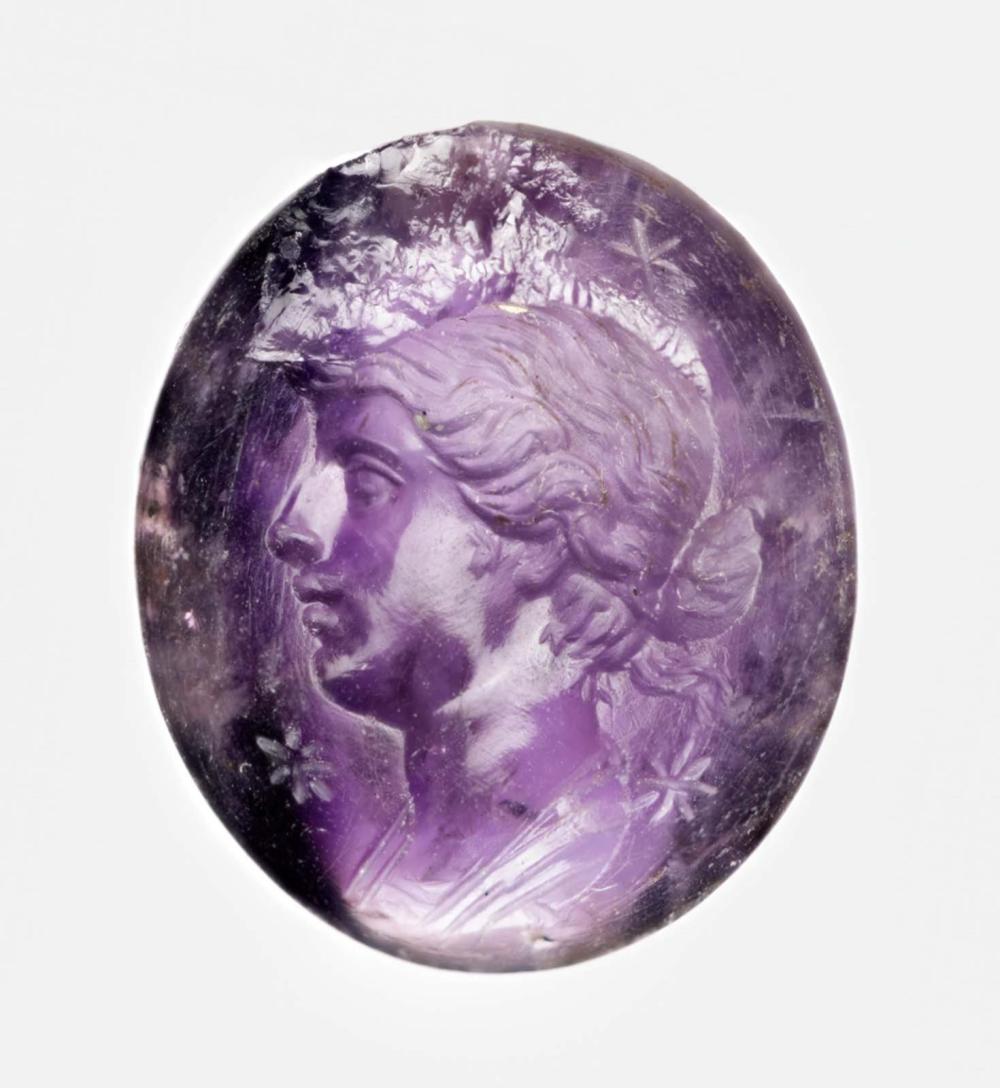
QUARTZ ・FEBRUARY
Amethyst
Oval gem with the head of Livia, Roman Imperial Period about A.D. 14–37
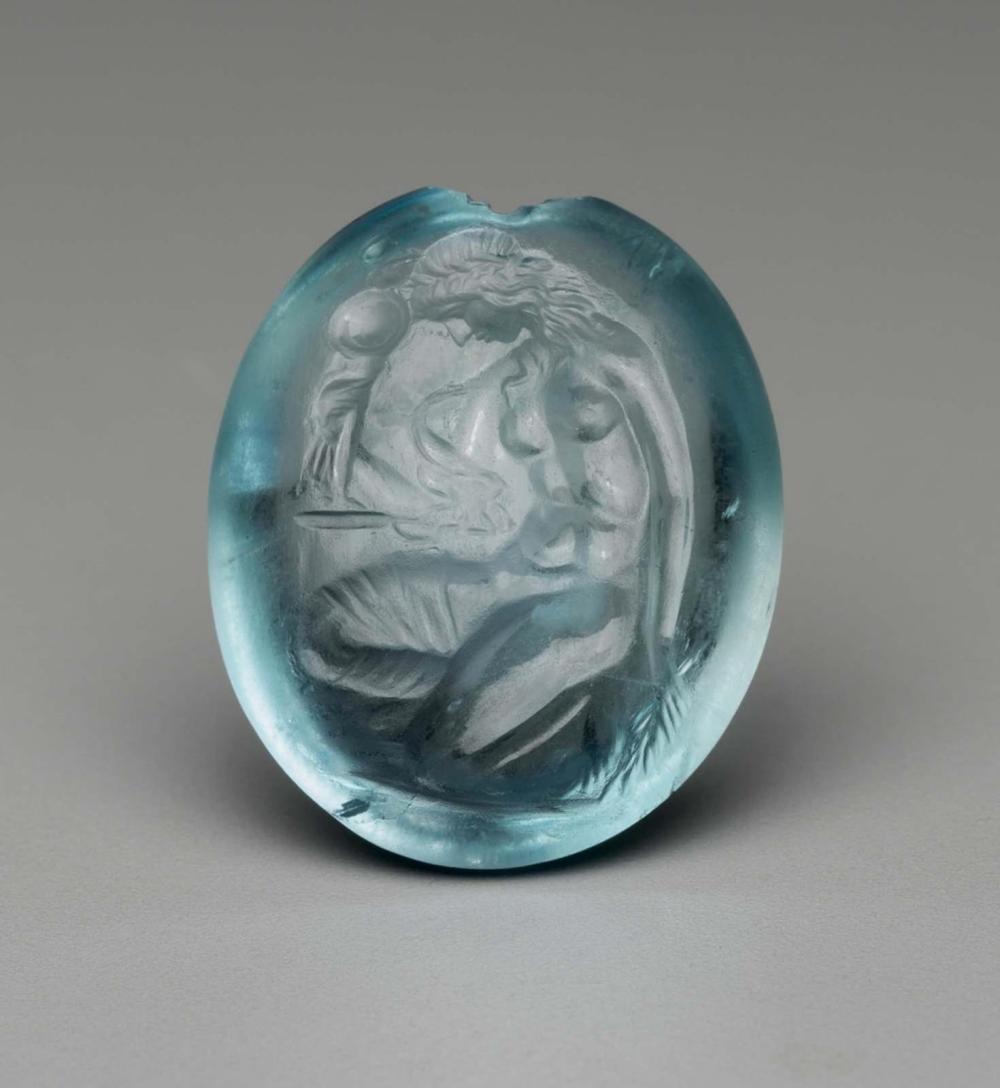
Aquamarine
Oval gem with Kassandra kneeling at the Palladion, Greek, Late Hellenistic Period. late 1st century B.C.
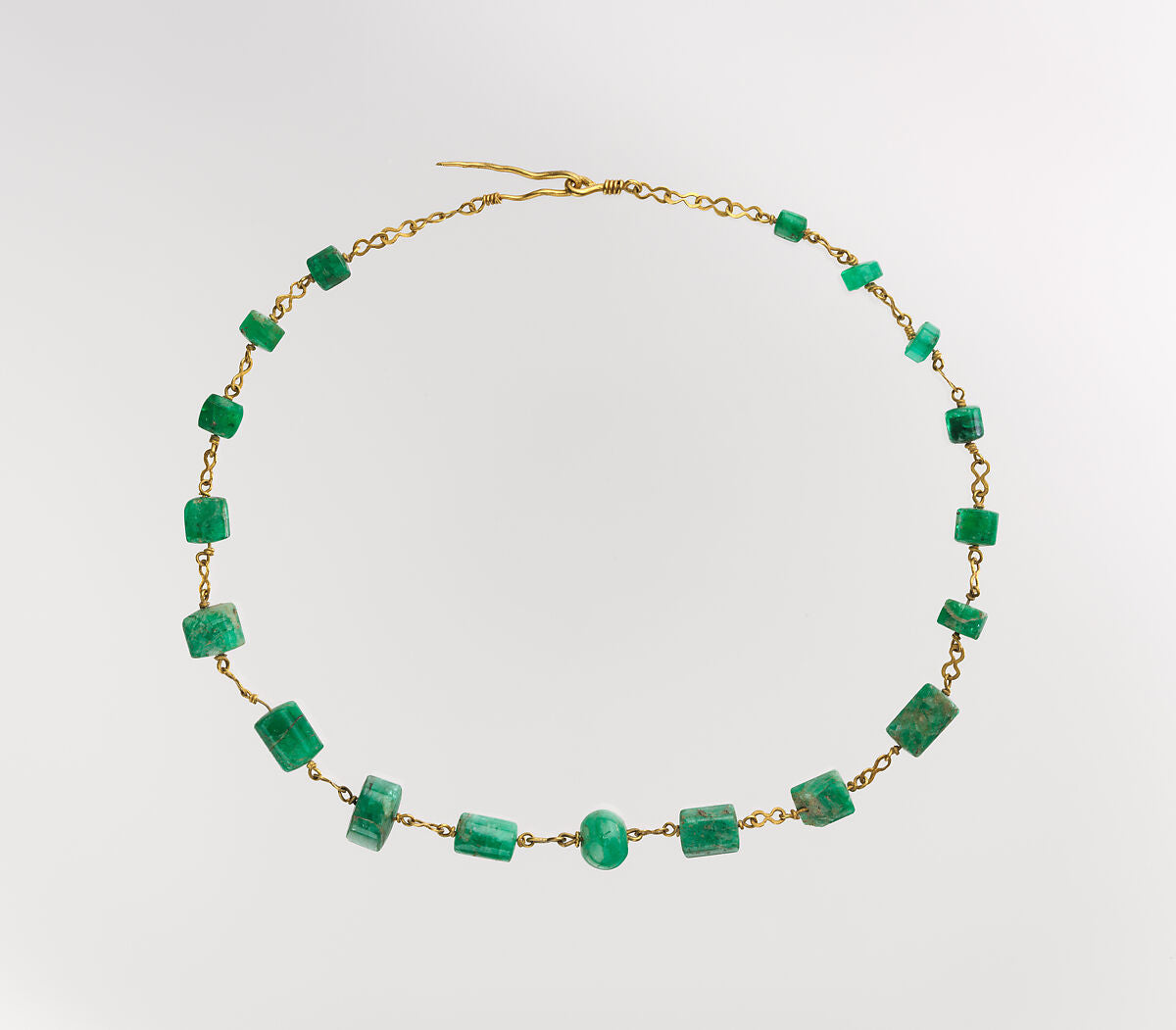
BERYL ・MAY
Emerald
Gold and emerald necklace, Roman, 1st–2nd century CE.
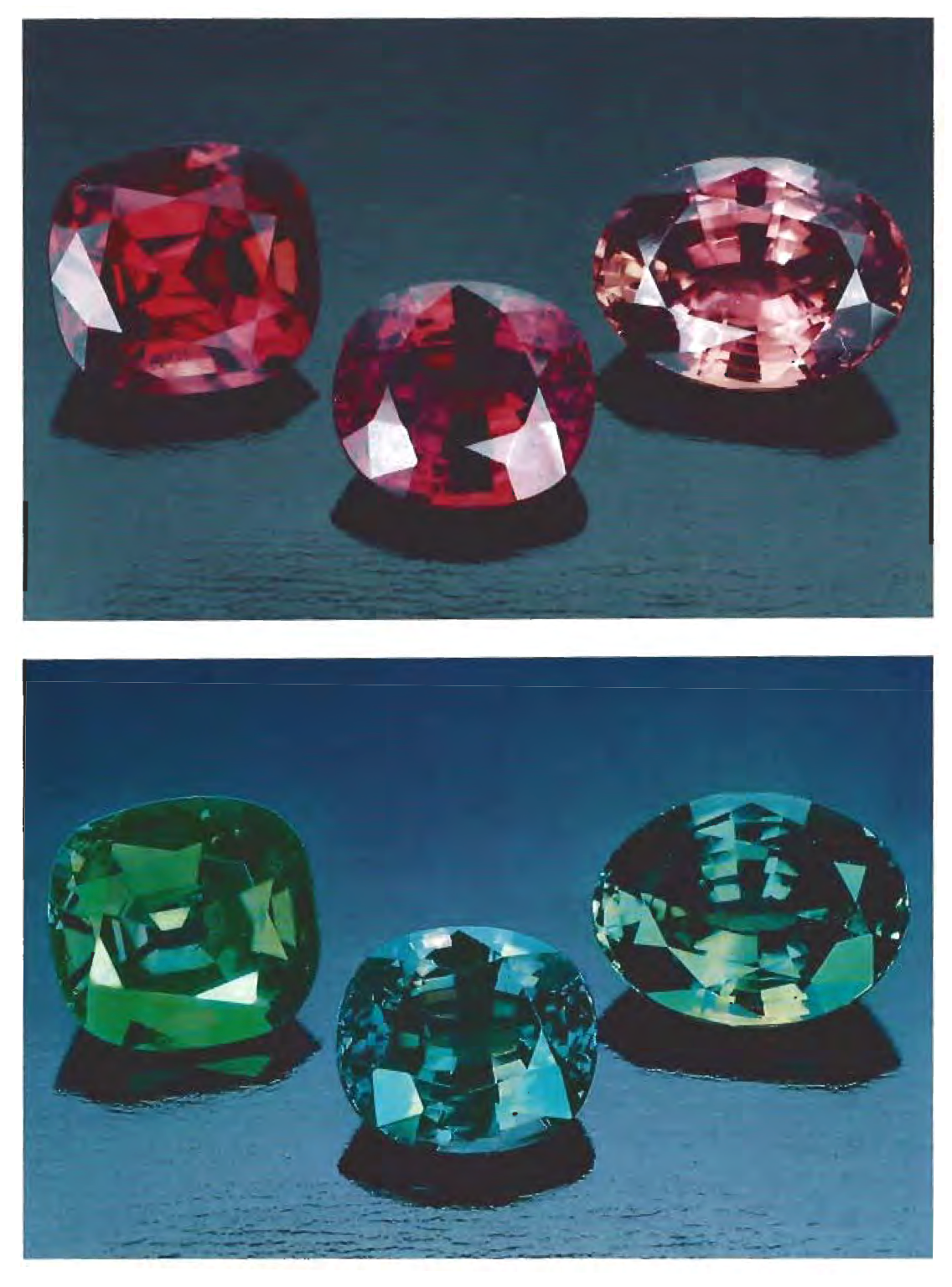
Chrysoberyl ・June
Alexandrite
Brazilian Alexandrites (right) and Russian Alexandrite (left). Photos © Tino Hammid.
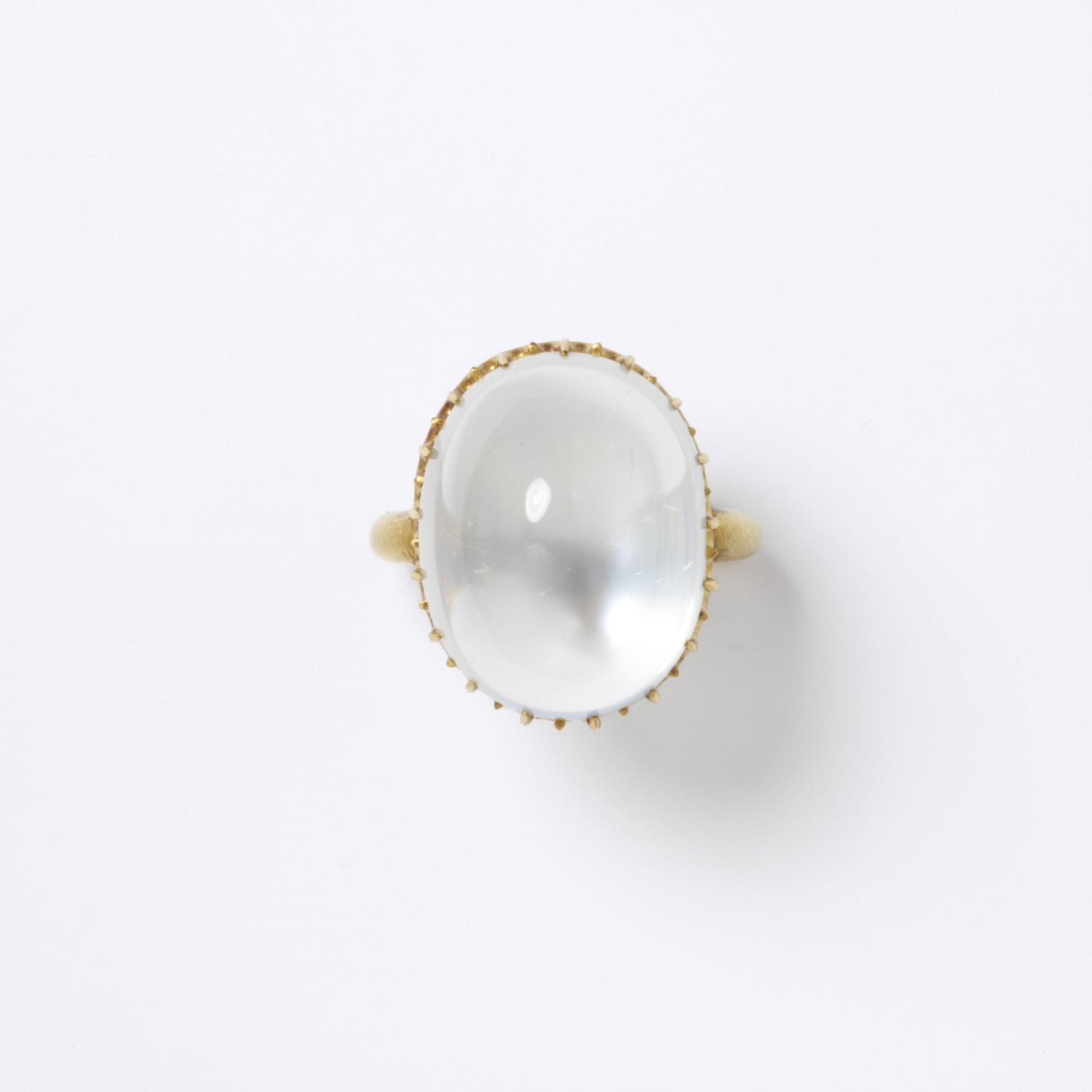
FELDSPAR ・June
Moonstone
Labradorite, moonstone and sunstone are all gem varieties of feldspar. These materials are best known for the visual effects that occur as light is reflected from the internal features of the gems.
Moonstone (feldspar) mounted in a gold ring, circa 1800-69. Clare Phillips, Jewels and Jewellery, V&A Publications 2000.

Corundum・July
Ruby
Rubies speak to our inner softness and physical sensibility. Burgeoning with sanguine and rosy color, these stones are charged with vitality and emotional potency. As one of the cardinal gemstones, they are salient, dynamic and saturated in living energy.
Rubies, like sapphires, are a variety of corundum and have a hardness of 9 on the Mohs scale, making them one of the hardest gemstones, second only to diamonds. This exceptional durability makes rubies ideal for everyday wear in fine jewelry.
Lighter, Pierre Schlumberger, 1939

Olivine・August
Peridot
Peridot was first mined exclusively on Topazios Island in the Red Sea as early as 300 BCE. Revered by the Egyptians as the "gem of the sun," it was believed to hold protective powers when set in gold as a talisman. Also known as the "Evening Emerald" in ancient times, the finest peridots display a radiant green with a subtle golden undertone, these lush hues embody peridot’s true splendor.
Peridot has a hardness of 6.5 to 7 on the Mohs scale. This makes it relatively durable for use in jewelry, though it can be prone to scratching compared to harder gemstones like sapphires or diamonds.
Peridot ring stone featuring Apollo, Roman, 1st century BCE–2nd century CE
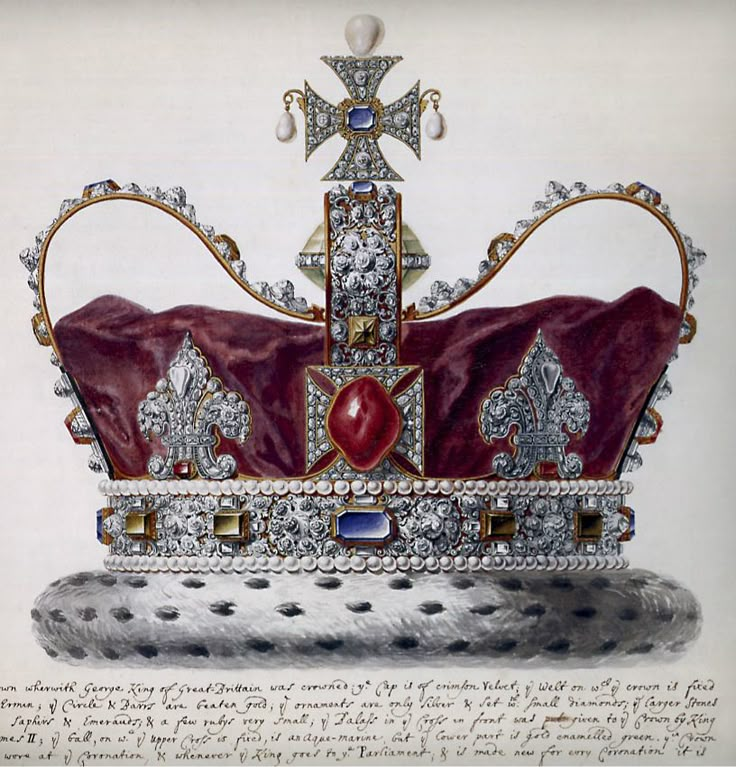
σπίθα ・August
Spinel
Spinel is a captivating gemstone prized for its brilliant luster and wide range of colors, from vibrant reds and pinks to subtle blues and purples. Historically, spinel was highly valued by royalty and collectors, and its name is derived from the Latinspina, meaning "thorn," in reference to its sharp crystal shape. Spinel's refined beauty, combined with its strength, makes spinel a timeless choice for those who appreciate both sophistication and resilience in their jewelry.
Spinel belongs to the oxides mineral group, and its hardness of 8 on the Mohs scale makes it an excellent choice for fine jewelry, offering both durability and stunning clarity.
George I's state crown in a watercolor by Giuseppe Grisoni, 1718. The "Black Prince's Ruby," a 170-carat spinel, dominates the front.
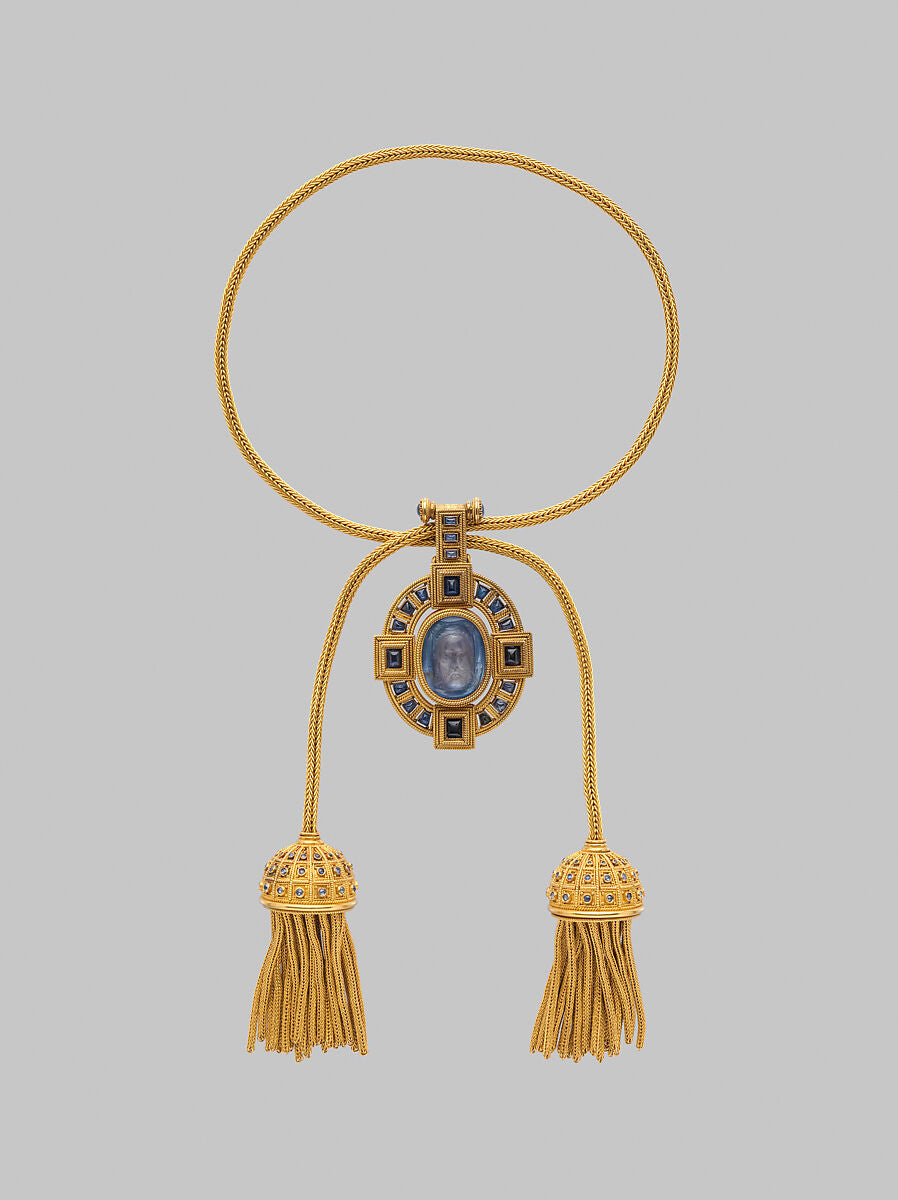
σάπφειρος・September
Sapphire
Sapphires have captivated mystics, royalty, and jewelers for millennia, symbolizing wisdom and nobility. As a variety of the corundum mineral, they are prized for their brilliant color and exceptional durability. While most commonly blue, sapphires come in nearly every color of the rainbow, from pinks and yellows to greens and even rare colorless stones. The only exception is red—those are rubies, a related gem. Believed to offer protection and calm, sapphires have been cherished for their beauty and symbolism throughout history. Whether in classic blue or unique hues, they remain a timeless treasure in fine jewelry.
With a hardness of 9, sapphires are exceptionally durable, making them one of our top choices for everyday wear. Their toughness (ability to resist breaking or cleaving under pressure) is excellent, even superior to diamonds.
Necklace with cameo of Veronica's Veil, Firm of Castellani, ca. 1870
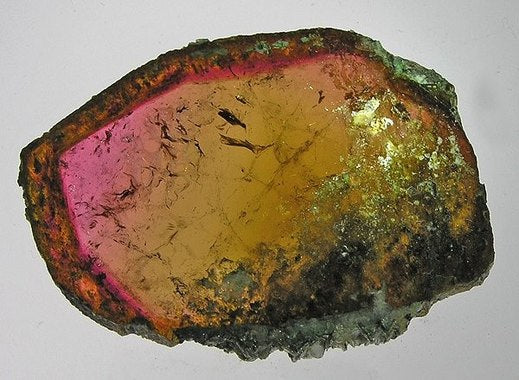
OCTOBER
Tourmaline
Its name is derived from the Sinhalese tōramalli.
Brightly colored Ceylonese gem tourmalines were brought to Europe in great quantities by the Dutch East India Company to satisfy a demand for curiosities and gems. Tourmaline comes in a range of colors from dark green to pinkish purple.

Quartz
Citrine
Citrine is a variety of quartz and varies in colour from the more usual yellow to red -brown or orange. The main source of citrine is Brazil. The name derives from the French word for lemon, citron.
Brooch, citrine set in stamped gold, England, about 1850-65.
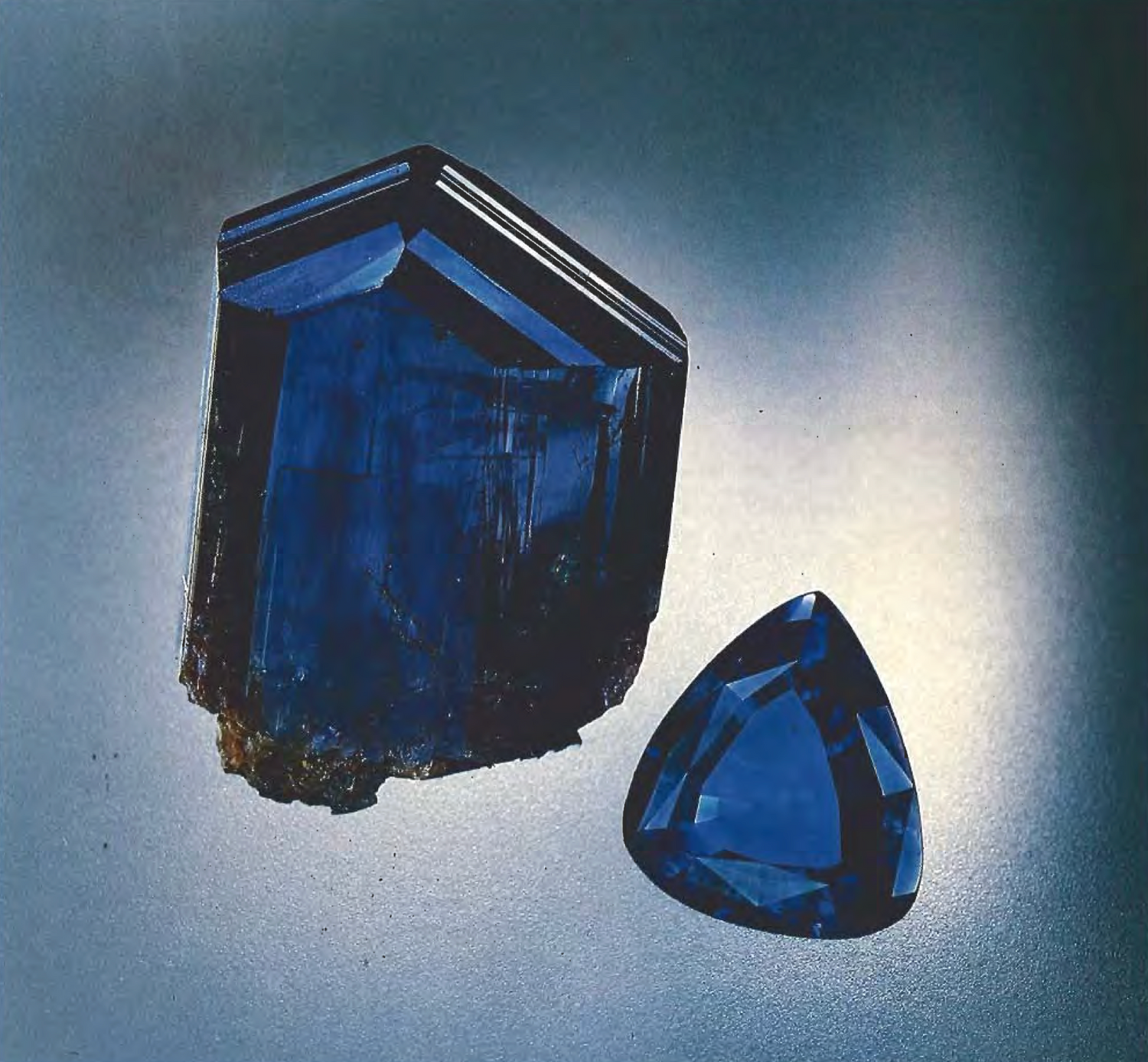
Tanzanite
22 carat Tanzanite, Courtesy of Pala International; photo © Harold & Erica Van Pelt
-
Shop with peace of mind.
Returns & ExchangesWe accept timely return of unworn jewelry for store credit, or a refund minus a small restocking fee.
-
Jewelry Care
Learn MoreWe work with a range of metals in our studio to service a variety of styles, price points, and skin sensitivities. Explore our Metals Encyclopedia to get to know your jewelry.






